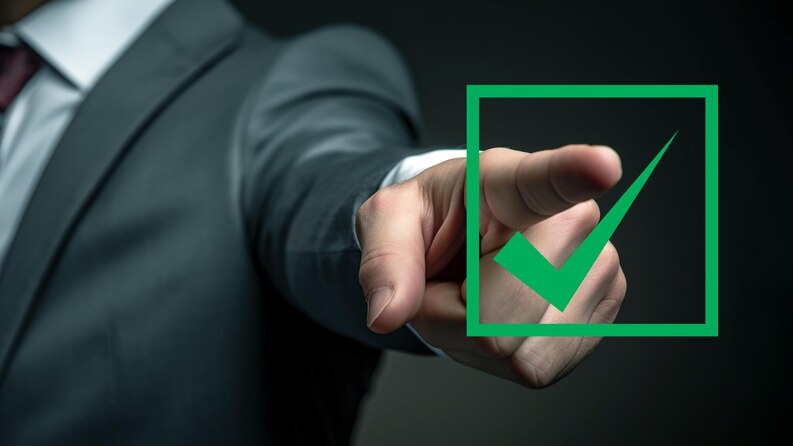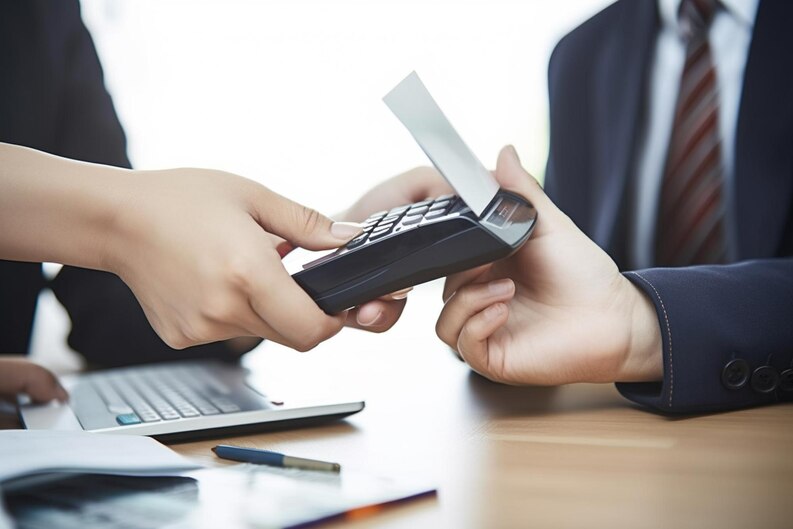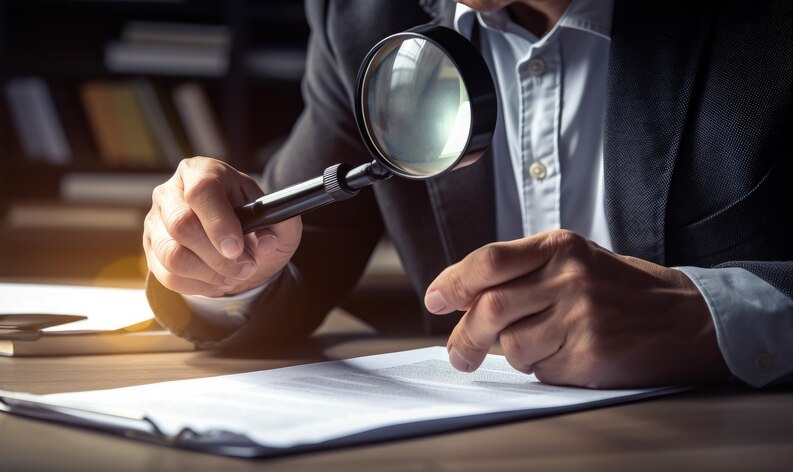e-Invoice Services
Other Services

Transactions fall under E-Invoice system
The Malaysian government has mandated that all taxpayers undertaking commercial activities in Malaysia must comply with the e-Invoice requirement. E-Invoice covers typical transaction types such as Business to Business (B2B), Business to Consumer (B2C) and Business to Government (B2G). For B2G transactions, the e-Invoice flow will be similar to B2B.
All individuals and legal entities are required to comply with the e-Invoice requirement, including associations, bodies of persons, branches, business trusts, co-operative societies, corporations, limited liability partnerships, partnerships, property trust funds, property trusts, real estate investment trusts, representative offices, regional offices, trust bodies, and unit trusts.
In relation to certain B2C transactions where e-Invoices are not required by the end consumers to support the said transactions for tax purposes, suppliers will be allowed to issue a normal receipt or invoice in accordance with the current practices adopted by suppliers.
After a certain period or timeframe, suppliers would be required to aggregate the normal receipts or invoices issued to end consumers and issue a consolidated e-Invoice to support the transactions made with end consumers.

The e-invoicing model ensures a comprehensive and standardized approach to the generation, transmission and record keeping of transaction documents. Transactions in an e-invoicing implementation are driven by the following scenarios and invoice types:
Scenarios where electronic invoices need to be issued:
Proof of Income
This document is issued whenever a sale or other transaction is made to confirm the taxpayer’s income.

Proof of Expenses
This type of document covers purchases or other expenses made by the taxpayer. It also includes returns and discounts. It can also be used to correct or subtract income receipts based on the amount recorded.
Additionally, in some cases, taxpayers must issue self-recorded e-invoices to record expenses such as foreign transactions. For example, if a taxpayer purchases goods and/or services from a foreign supplier and receives an invoice from the foreign supplier that does not use Malaysia’s MyInvois system, the taxpayer will be required to issue self-recorded e-invoices to record the expenses.
Type of electronic invoice issued:


Conclusion:
E- invoicing is a more efficient and cost-effective way to generate and transmit transaction documents. It reduces the need for paper documentation and manual processes that are time-consuming and error-prone. By adopting e-invoicing, taxpayers can streamline business processes, reduce costs and improve compliance with tax regulations
Our services include:
- Research and select an e-invoicing solution that aligns with your business needs and compliance requirements.
- Determine how the e-invoicing solution will integrate with your existing accounting, ERP, and other relevant systems.
- Provide training and education to your employees on how to use the e-invoicing system effectively.
- Conduct thorough testing and validation of the e-invoicing solution to ensure it meets your business requirements and regulatory compliance standards.
- Establish processes for generating compliance reports and submitting required documentation to regulatory authorities
- Embrace a culture of continuous improvement to adapt to changing regulatory requirements, technological advancements, and evolving business needs.